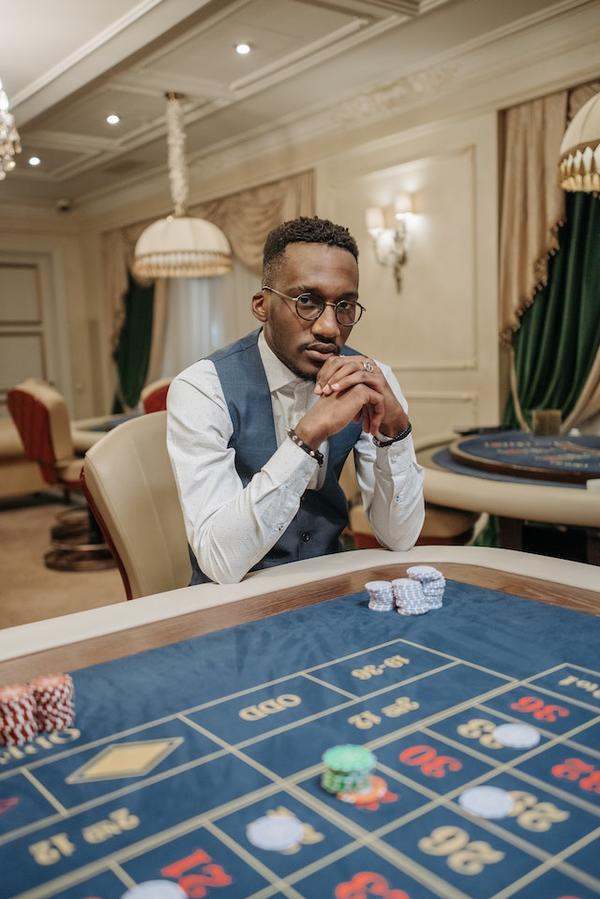Summary of Multimodal Deep Learning Approach to Predicting Neurological Recovery From Coma After Cardiac Arrest, by Felix H. Krones et al.
Multimodal deep learning approach to predicting neurological recovery from coma after cardiac arrest
by Felix H. Krones, Ben Walker, Guy Parsons, Terry Lyons, Adam Mahdi
First submitted to arxiv on: 9 Mar 2024
Categories
- Main: Machine Learning (cs.LG)
- Secondary: Signal Processing (eess.SP)
GrooveSquid.com Paper Summaries
GrooveSquid.com’s goal is to make artificial intelligence research accessible by summarizing AI papers in simpler terms. Each summary below covers the same AI paper, written at different levels of difficulty. The medium difficulty and low difficulty versions are original summaries written by GrooveSquid.com, while the high difficulty version is the paper’s original abstract. Feel free to learn from the version that suits you best!
| Summary difficulty | Written by | Summary |
|---|---|---|
| High | Paper authors | High Difficulty Summary Read the original abstract here |
| Medium | GrooveSquid.com (original content) | Medium Difficulty Summary The paper presents a team’s (The BEEGees) contribution to the 2023 George B. Moody PhysioNet Challenge, where they aimed to predict neurological recovery from coma following cardiac arrest using clinical data and time-series signals like multi-channel EEG and ECG. The approach combines two-dimensional spectrogram representations of EEG channels with clinical data and features extracted directly from EEG recordings. The submitted model achieved a score of 0.53 on the hidden test set, made 72 hours after return of spontaneous circulation. The study highlights the effectiveness and limitations of using transfer learning in medical classification. |
| Low | GrooveSquid.com (original content) | Low Difficulty Summary The paper is about a team trying to predict if someone will wake up from a coma after having a heart attack. They used special brain wave recordings called EEGs, along with other medical information, to make predictions. Their approach was unique because it combined different ways of looking at the brain waves. The results showed that their method worked well, but it depends on how they decided what a “good” prediction is. |
Keywords
* Artificial intelligence * Classification * Time series * Transfer learning




